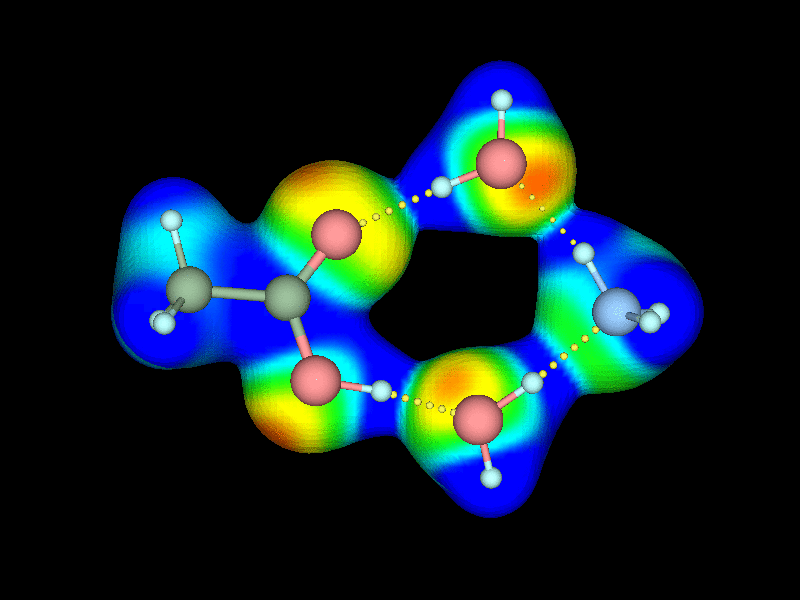_ Nanoreactors and (nanostructures) section
How (natural nanoreactors) work The most ideal type of ( excellent nanomolecular nanoreactors)
Researcher and Author: Dr. ( Afshin Rashid)
Note: In general, nanoreactors can be divided into two groups: natural and synthetic nanoreactors. The first group has a more selective function and at the same time a more complex structure, while the second group has more diversity and a simpler structure.
Natural nanoreactors Cells and cellular organelles, which are considered the most ideal nanoreactors, have lipid membranes.
These nanoreactors are selective, meaning they are able to distinguish between different molecules and allow only certain molecules to enter their internal cavity. In addition to selectivity, cells are also sensitive by having pores in the membrane that open and close with external stimuli such as pH changes. Selectivity and sensitivity are characteristics of all natural nanoreactors and are used in the production of nanosensors.
Nanostructured materials that are electrically conductive allow the production of inexpensive and portable biosensors and biodetectors . These materials can be considered as warning signs and therefore can be used in hazardous environments. The detection of single molecules by photon detectors is another example of the application of nano-microelectronics in the life sciences.
Conclusion:
Natural nanoreactors Cells and cellular organelles, which are considered the most ideal nanoreactors, have lipid membranes. These nanoreactors are selectable
Researcher and Author: Dr. ( Afshin Rashid)
Specialized PhD in Nano-Microelectronics




_sph0.gif)
